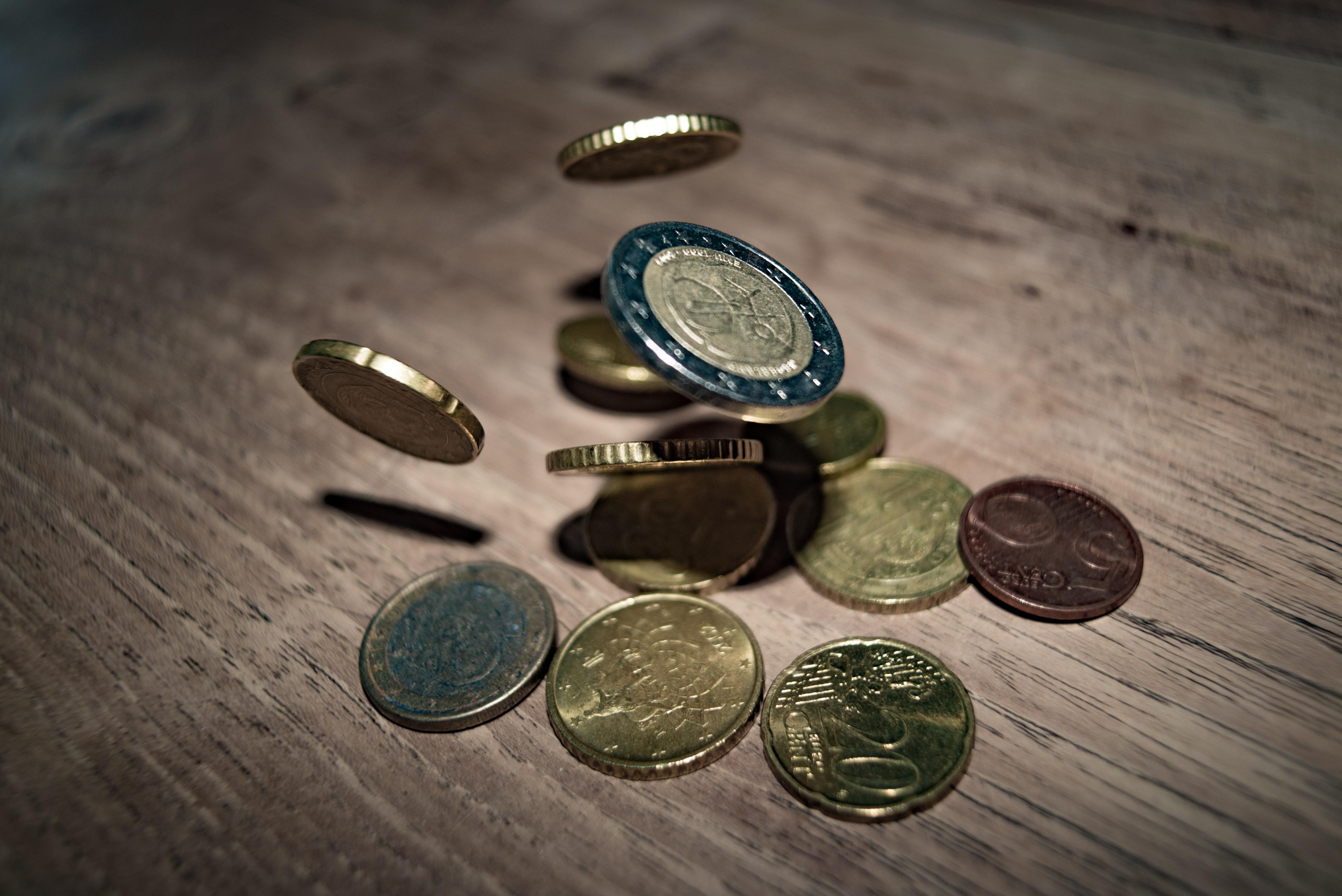This blog is the second out of three in a series that discusses the financing of the UN sustainable development goals. The next part will discuss ways of bridging a gap between a risk-averse investor and the massive demand for investments in risky markets. The first part, explaining the SDG funding gap, can be read .
There is enough money in the world to achieve the SDGs. To halt climate change. To avoid Armageddon of the mankind. Not saying the aid community is powerless, we still need a new hero to achieve the SDGs. And guess what? We already have one. The challenge for the new hero is to put their money where their mouth is.
From responsibility to impact
Responsible investment is the new black. It is hip and trendy. And instead of responsibility, big investors are now talking about impact. Positive and negative, net impact. Climate impact. Development impact?
Pension funds across the globe are competing in a responsibility race. They want their investments to make a positive impact on the society. They want to combat climate change. To contribute to the SDGs. Unsurprisingly, Finnish pension funds are doing well in that race.
Responsible and impact investing nowadays is much more than just nice PR. However, what still hinders the growth of the industry, is the lack of precise definitions and harmonized measuring tools. What is impact and how can you measure and report it? Moreover, responsibility is not reflected in the investors’ key performance indices.
What we need is a dialogue between investors and aid professionals. For that to happen, we need to facilitate the flow of information between sectors. To find a common language and shared terminology.
A savanna for yield hunters?
Responsible or impact investing is one thing, search for yield is another. Despite of the booming global economy, the interest rates remain low by historical standards. Fast interest rate rises are not foreseen and, most likely, the rates will not reach historical norms even when they peak.
Low rates mean low returns for investors. It also means that investors need to come out of their comfort zone. They need to seek return by investing in new asset classes or geographical areas.
The US pension funds alone hold close to USD 15 trillion worth of assets. If only 1% of that sum was directed into SDG-related investments in developing countries, the pension funds would match the current foreign aid total. It would not close the gap, but it would make a difference. Not to mention, if 5-10% or even more was invested. It should be realistic if more players globally, like banks and other asset managers, were included.
So, there you have it, a hero in disguise. The reputation of financial sector was damaged during the financial and economic crises of the decade. Now who would have thought that we need the “bad guys” to save the world?
More information
- Minna Kuusisto, Consultant, Gaia Consulting Oy, firstname.lastname@gaia.fi
- How to finance the SDGs, part 1: Mind the gap

